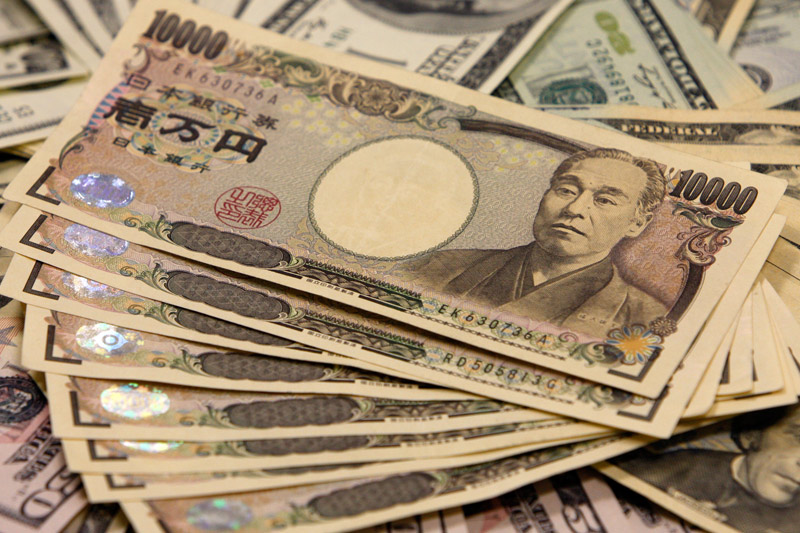Investing.com-- The Japanese yen weakened substantially against its peers on Tuesday and Wednesday, as an interest rate hike by the Bank of Japan was largely overshadowed by the central bank reiterating its dovish outlook for the near-term.
The BOJ hiked rates by 0.1% on Tuesday- its first such move in 17 years, while also ending its negative interest rate policy (NIRP) and yield curve control (YCC) mechanism.
But Governor Kazuo Ueda said the BOJ will keep buying Japanese government bonds at a steady pace, and that the bank needed to remain dovish in the near-term to help support the Japanese economy.
USDJPY at 4-mth high, EURJPY hits 2008 levels
The yen weakened sharply after Ueda’s comments, with the USDJPY pair surging to its highest level since mid-November, at over 151 to the dollar.
The Japanese currency fared even worse against the euro, with the EURJPY pair surging to levels last seen during the 2008 global financial crisis. EURJPY trended around 164.31.
Losses in the yen were also exacerbated by anticipation of a Federal Reserve meeting this week, with traders pivoting into the dollar on fears that the central bank will strike a more hawkish chord than expected. Analysts said that the Fed and U.S. interest rates remained the biggest drivers of the yen.
Yen now easier to sell, watch for intervention- Citi
Citi analysts said that while the BOJ’s moves on Tuesday marked a historic decision and presented some upside for the yen eventually, the currency was now more vulnerable to near-term weakness.
“While the BoJ will likely suggest the possibility of additional rate hikes, for the FX market it may look as if the BoJ has run short of bullets to counter JPY depreciation,” Citi analysts wrote in a note.
Citi analysts said that USDJPY was likely to rise as far as 152. But increases beyond that point presented the possibility of currency market intervention by the Japanese government.
Fed, interest rate cuts remain the key drivers of USDJPY
In the long-term, Citi analysts said that the path of U.S. interest rates remained the key driver of USDJPY, and that any weakness in the dollar, stemming from interest rate cuts by the Fed, will help the yen.
They said they maintained their forecasts of USDJPY falling to 140 or below by the end of 2024.
Analysts at Macquarie also said that U.S. interest rate differentials were the biggest drivers of USDJPY, and that they expected the currency pair to decline in the second half of 2024- “but contingent on the Fed beginning its easing cycle.”
Macquarie analysts expect weakness USDJPY to be staggered if the Fed’s pace of rate cuts is slow.
